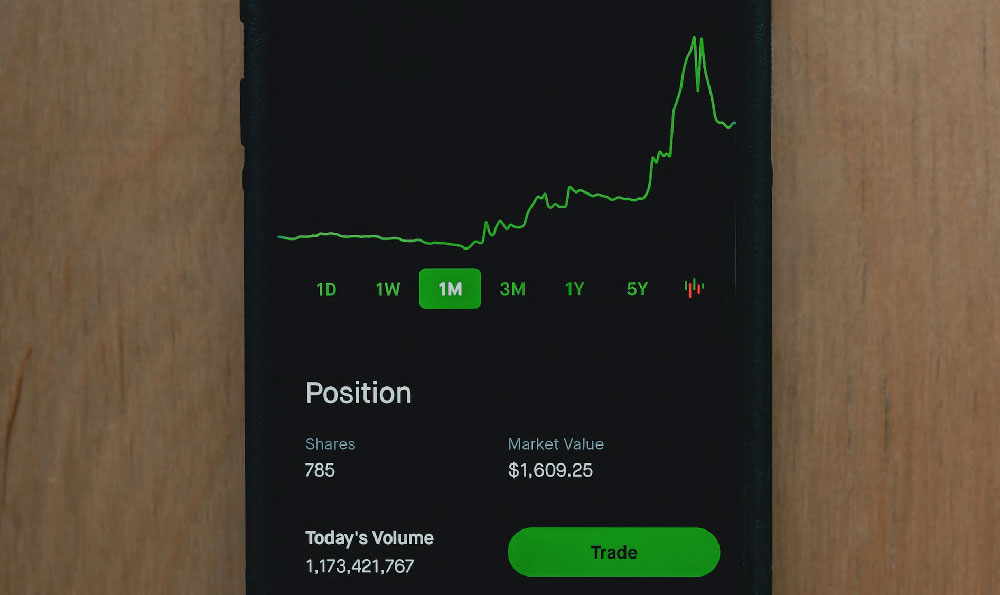How Much Can Artists Earn? What is the Average Artist Salary?

The question of how much artists can earn and what constitutes the average artist salary is a complex one, riddled with nuances and variables that make a definitive answer elusive. Unlike many professions with clearly defined salary bands based on experience and location, artistic careers are characterized by a highly individualized compensation landscape. An artist's earnings are influenced by a multitude of factors, including their chosen medium, skill level, experience, geographic location, market demand, business acumen, and even sheer luck. Therefore, instead of seeking a single "average," it's more fruitful to explore the range of income possibilities and the factors that contribute to success in the art world.
At the lower end of the spectrum, many emerging and struggling artists face significant financial challenges. They may supplement their artistic endeavors with part-time or full-time jobs in unrelated fields to make ends meet. Earnings in this category can be sporadic and minimal, often relying on occasional sales, commissions, or grants. Early-career artists often invest heavily in materials, studio space, and marketing, which can further strain their finances. The dedication and persistence required to navigate this phase are considerable, as many artists face years of low or no income while building their skills, portfolio, and reputation.
Moving up the income scale, established mid-career artists typically command higher prices for their work. They may have gallery representation, participate in exhibitions and art fairs, and have a consistent flow of commissions. Their income can vary significantly depending on their specialization and market demand. For instance, a successful portrait painter might earn a comfortable living through commissions, while a sculptor working with large-scale public art installations could secure substantial grants and project fees. However, even mid-career artists experience fluctuations in income due to economic cycles and shifts in artistic trends. Managing their finances effectively, diversifying income streams, and cultivating strong relationships with collectors and galleries are crucial for maintaining financial stability.

At the highest echelon of the art world, we find a select group of highly sought-after artists whose work commands exorbitant prices at auction and through private sales. These artists often enjoy global recognition, are represented by prestigious galleries, and have their work included in major museum collections. Their income can reach into the millions of dollars per year, driven by high demand and the exclusivity of their art. However, it's important to recognize that this level of success is exceptionally rare and represents a tiny fraction of the overall artist population.
Beyond direct sales of artwork, artists can generate income through a variety of other avenues. Teaching art classes or workshops, either independently or through institutions, can provide a steady income stream. Grants and fellowships from arts organizations and foundations can offer financial support for specific projects or periods of research and development. Licensing artwork for commercial use, such as in advertising or product design, can also generate royalties. Some artists also find success in creating and selling merchandise based on their work, such as prints, posters, or clothing.
The geographic location of an artist significantly impacts their earning potential. Artists living in major art market hubs, such as New York City, Los Angeles, London, or Paris, often have greater access to galleries, collectors, and exhibition opportunities. However, these cities also have a higher cost of living, which can offset some of the financial advantages. Artists living in smaller cities or rural areas may face limited market opportunities but also benefit from lower living expenses. The advent of the internet has partially leveled the playing field, allowing artists to reach a global audience regardless of their physical location, but local connections and opportunities still play a crucial role.
Furthermore, an artist's business acumen is essential for financial success. Understanding contracts, negotiating prices, managing expenses, marketing their work effectively, and building relationships with collectors and galleries are all crucial skills. Many artists benefit from taking business courses or working with a financial advisor to develop a sound financial strategy. The ability to treat their art practice as a business, while maintaining their creative integrity, is a key factor in achieving financial stability.
The chosen medium also plays a significant role. Some mediums, such as painting and sculpture, tend to have a broader market and higher price points than others, such as drawing or printmaking. However, this is not a hard-and-fast rule, as the value of artwork is ultimately determined by market demand and the artist's reputation. An exceptionally talented and well-marketed printmaker can earn more than a mediocre painter.
Ultimately, there is no single answer to the question of how much artists earn. The income range is vast, and the path to financial success is highly individualized. While the average artist salary may be difficult to pinpoint, it is possible to say that consistent effort, artistic talent, strong business skills, and a degree of luck are all contributing factors to financial stability and success as an artist. Aspiring artists should focus on honing their skills, building a strong portfolio, developing their business acumen, and actively seeking opportunities to exhibit and sell their work. Persistence and adaptability are key to navigating the challenges and realizing the potential rewards of a career in the arts. Furthermore, celebrating artistic achievements and supporting the art community as a whole is vital to ensuring a vibrant and sustainable future for artists everywhere.















